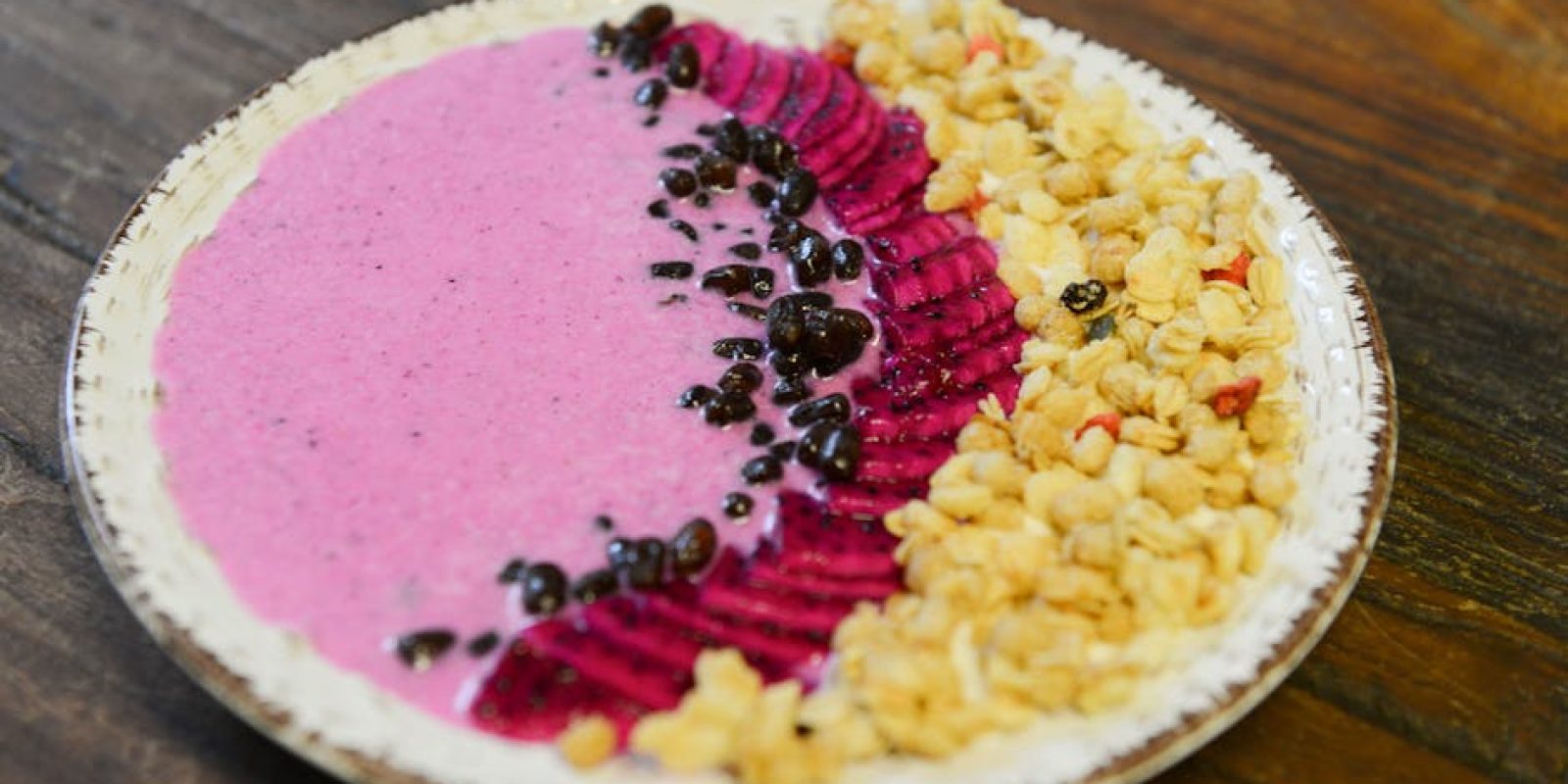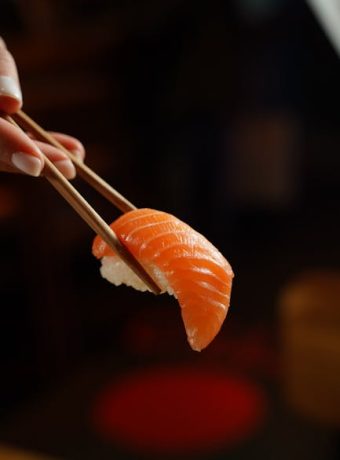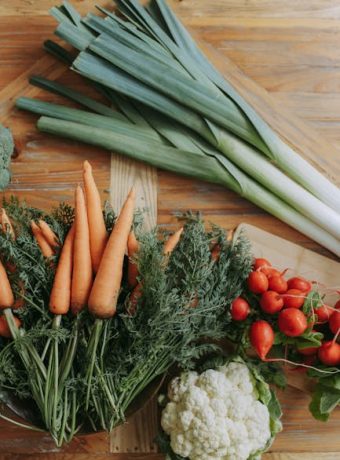Healthy Food in Korean Cuisine: Traditional and Nutritious
Korean cuisine, known for its rich flavors and diverse dishes, offers a plethora of healthy and nutritious options. Rooted in traditional cooking methods and ingredients, Korean food is not just about tantalizing the taste buds but also about promoting overall health and wellness. In this blog post, we will delve into the various aspects of healthy food in Korean cuisine, exploring traditional dishes, their nutritional benefits, and tips on how to incorporate these into your daily diet.
The Foundations of Healthy Korean Cuisine
Korean cuisine is built on a foundation of fresh vegetables, lean proteins, and fermented foods. The use of natural ingredients and minimal processing ensures that the dishes are packed with essential nutrients. Here are some key elements that contribute to the healthiness of Korean food:
1. Fermented Foods
Fermentation is a traditional method of preserving food that also enhances its nutritional profile. Fermented foods are rich in probiotics, which are beneficial for gut health. One of the most famous Korean fermented foods is kimchi, a spicy and tangy fermented cabbage dish.

Kimchi is packed with vitamins A, B, and C, and its fermentation process adds beneficial bacteria that aid in digestion and improve immune function. According to a study published in the Journal of Medicinal Food, regular consumption of fermented foods like kimchi can help reduce cholesterol levels and improve cardiovascular health.
2. Diverse Vegetable Dishes
Korean cuisine features a wide variety of vegetable dishes, ensuring a high intake of vitamins, minerals, and antioxidants. Dishes like namul (seasoned vegetable side dishes) and bibimbap (mixed rice with vegetables) are staples in Korean meals.

Vegetables in Korean cuisine are often lightly seasoned and cooked, preserving their nutritional content. For instance, spinach namul is seasoned with sesame oil, garlic, and soy sauce, offering a delicious and nutritious side dish that is low in calories but high in essential nutrients.
3. Lean Proteins
Proteins are a crucial part of any diet, and Korean cuisine offers a variety of lean protein options. Foods like tofu, fish, and lean meats are commonly used, providing essential amino acids without the excess saturated fats.
Tofu, a staple in Korean cuisine, is an excellent source of protein for vegetarians and vegans. It is low in calories and high in protein, making it a perfect addition to dishes like doenjang jjigae (fermented soybean paste stew) and kimchi jjigae (kimchi stew).
Traditional Korean Dishes and Their Health Benefits
Now that we understand the foundational elements of Korean cuisine, let’s explore some traditional dishes and their health benefits.
Bibimbap: A Nutrient-Dense Powerhouse
Bibimbap is a popular Korean dish that consists of rice topped with a variety of vegetables, lean meat, a fried egg, and gochujang (Korean red chili paste). This dish is not only visually appealing but also nutritionally balanced.

Each ingredient in bibimbap contributes to its overall nutritional value. The vegetables provide fiber, vitamins, and minerals, while the lean meat offers protein. The egg adds healthy fats and additional protein, making this dish a complete meal that supports muscle growth and overall health.
Kimchi Jjigae: A Probiotic-Rich Stew
Kimchi jjigae is a hearty stew made with kimchi, tofu, vegetables, and often pork or seafood. This dish is rich in probiotics due to the fermented kimchi, which supports gut health and boosts immunity.

The inclusion of tofu and vegetables in kimchi jjigae ensures a healthy dose of protein, fiber, and essential nutrients. This stew is also low in calories, making it a great option for those looking to maintain a healthy weight.
Samgyeopsal: A Healthier BBQ Option
Samgyeopsal, or grilled pork belly, is a popular Korean BBQ dish. While it may seem indulgent, the way it is served and consumed makes it a healthier option compared to traditional BBQ.

Samgyeopsal is typically eaten with a variety of fresh vegetables and wrapped in lettuce leaves. This method of consumption adds fiber and nutrients to the meal, balancing out the higher fat content of the pork belly. Additionally, the use of garlic, onions, and other vegetables in the BBQ process enhances the dish’s nutritional profile.
Incorporating Korean Cuisine into Your Diet
Incorporating healthy Korean foods into your diet is easier than you might think. Here are some actionable tips to help you get started:
1. Start with Simple Recipes
If you’re new to Korean cooking, start with simple recipes that require minimal ingredients and preparation. Dishes like bibimbap and kimchi jjigae are easy to make and offer a great introduction to the flavors and ingredients of Korean cuisine.
2. Stock Up on Essential Ingredients
Having essential Korean ingredients on hand will make it easier to prepare healthy dishes. Some staples to consider include:
- Kimchi
- Gochujang (Korean red chili paste)
- Doenjang (fermented soybean paste)
- Soy sauce
- Sesame oil
- Tofu
3. Experiment with Fermentation
Try making your own fermented foods at home. Homemade kimchi is a great starting point, and there are many recipes available online to guide you through the process. Fermenting your own vegetables can be a fun and rewarding way to enhance your diet with probiotics and other beneficial nutrients.
4. Embrace Vegetables
Include a variety of vegetables in your meals to maximize their nutritional benefits. Experiment with different types of namul and incorporate them into your daily meals. This will not only add flavor and variety but also ensure you are getting a wide range of vitamins and minerals.
Conclusion
Korean cuisine offers a wealth of healthy and nutritious options that can benefit your overall well-being. From fermented foods rich in probiotics to vegetable dishes packed with essential nutrients, there is something for everyone in Korean cuisine. By incorporating traditional Korean dishes into your diet, you can enjoy delicious meals while supporting your health and wellness goals. So why not start exploring the world of healthy Korean food today? Your taste buds and your body will thank you!



